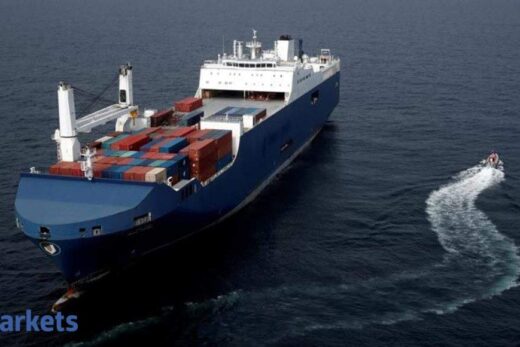India’s economic growth averaged 8.5% to 9% between 2003 and 2010, up from the 5.5%-to-6% average before that.
The US brokerage analysed six key components of the economic cycle: Demand for housing, drop in bank NPAs, corporate profitability, interest rates, corporate leverage and capex revival.
It said the risk appetite of banks is set to increase as bad loans have fallen – just as they did in 2003-04.
 Agencies
Agencies“Between 1997 and 2004, bank gross NPA ratio moved down from 16% to 8%. Similarly, the Indian banking system’s gross NPA has moved down from 12% in March 2018 to 7% now and alongside a provisioning jump, the net NPAs are down 59%,” Jefferies said. “Provision costs are off drastically. While banks are still risk-averse, we believe that the stage is now set for an increase in risk appetite. Strong capability and seven-year high RoEs further support lending growth.”
Although the broader capital expenditure cycle has not turned yet, it is likely to follow the housing cycle with a lag.
“The housing cycle improvement is visible. A historical analysis since 1996/97 suggests that Indian housing up-cycles and down-cycles typically last for 6-8 years,” Jeffries said.
“The period between 2012/13 and 2020 was a prolonged down-cycle and 2021 is the first year of an upcycle, with a visible uptick in volumes and pricing. Housing construction is a large job creator and has multiple economic linkages capable of driving an economic upturn.”
This along with robust expansion in corporate profitability will push up growth. Annual corporate profit growth was a poor 0.4% between FY11 and FY20, but has increased to 51% between FY20 and FY22.
Jefferies expects profit growth to increase further to 15% between FY22 and FY24, led by the financials and other cyclical sectors.
Companies have also used the slowdown in the last six years to deleverage as a result of which the debt to equity ratio for 600-plus non-financial companies has come off from 1 times to 0.7 times, creating space for the next economic upcycle.
Although interest rates are set to rise from current record lows, it is unlikely to hit the economic recovery despite a rise in yields – as it did in the 2003-2010 economic upcycle. “Corporate investment is still sluggish as capacity utilisation and risk appetite is low. Property uptick should help reduce risk averseness. Overall, the broader capex upturn should follow over the next 4-6 quarters,” the US brokerage said.



